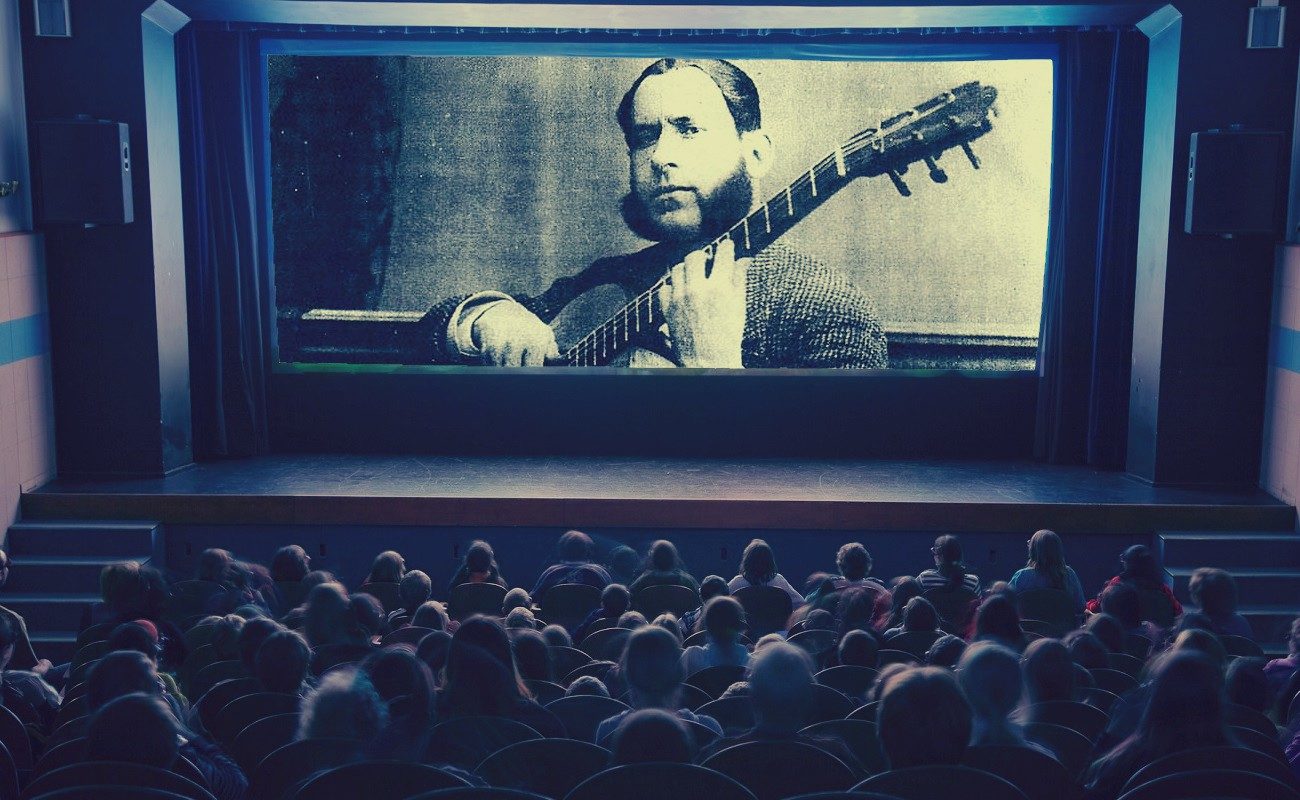The rich Italian honey, with our lime
Flamenco has been featured in many films, both in interesting movies or in terrible flops with all sorts of clichés.

Flamenco has been featured in many films, both in interesting movies or in terrible flops with all sorts of clichés. However, few historical documentaries about flamenco have been made. I don’t know what the many good Andalusian directors are thinking, because the arte jondo could be a gold mine. Surely, for this to happen the public institutions of Andalusia would have to become financially involved, yet it looks like they’re not up to this task.
Historical figures such as El Planeta or Silverio, to name just two key personalities in flamenco history, would be great topics for either a movie or a documentary. The information is all there, the result of extensive research conducted in the last few years. Thus, it’s just a matter of getting down to work.
Silverio, for example, is a perfect character for both a movie or a documentary, because his life was full of adventures. A kid born in 1831 in the capital of Andalusia, that still-walled Seville, the cradle of great painters and musicians, full of dance halls and academies. The son of a Roman soldier and a Sevillan woman from Alcalá de Guadaíra, he would have grown up at the time of the great boleros and boleras from Seville, a time of masters such as Félix Moreno and Miguel de la Barrera El Platero. Silverio was a contemporary of La Campanera, Manuela Perea and Petra Cámara, the three great boleras from Seville.
I can imagine him as a young boy, partaking in soirées and parties with them, although upon the death of his father in the 1840s he settled in Morón de la Frontera, where he fell in love with cante, listening to the flamencos of that region of the Sevillan province. I can also imagine him travelling to back to Seville to sing in the academies of the 1850s with pioneers of cante such as Ramón Sartorio, José Perea, Enrique Prados, José Lorente and Paco el Sevillano, his great friend.
If those years aren’t cinematic enough, then we have his trip to South America in 1857, when he joined a bullfighting gang and where we worked as a tailor, the profession of both his father and brother (both named Nicolás). I can imagine all the adventures lived by Silverio in those lands, until he decided to return to Andalusia in 1864, to continue his career as cantaor and, above all, start his new life as entrepreneur of café cantantes and flamenco companies, becoming the great personality of his time and the man responsible for the irreversible popularization of the art of flamenco.
Then we have his great love stories, with two well-publicized weddings, the first one in Málaga, to Ana Torecilla from Linares (Jaén), the second in the cathedral of Seville (no less) to María de la Salud Sánchez Morán, from Triana. Then we have his scandals, his anecdotes, his fights in the cafés. Don’t you think it’s incredible that no film studio in Spain or Andalusia has ever thought of making Silverio’s life into a movie, being, as he was, one of the great European musicians of his time?
I wouldn’t be surprised if one day an American or Japanese studio gives us a metaphorical slap in the face, well deserved due to our apathy for an art that conquered the world decades ago and which brings riches to Andalusia every year. So here’s the idea: to tell the story of this old and new art of flamenco through the life of Silverio Franconetti. Let’s preserve the memory of this first adventurer of the jondo, that gaché from Seville, from La Alfalfa neighborhood, son of the Roman tailor, described by the poet Federico García Lorca as that rich Italian honey, with our lime (“La densa miel de Italia, con el limón nuestro…”)
Translated by P. Young






